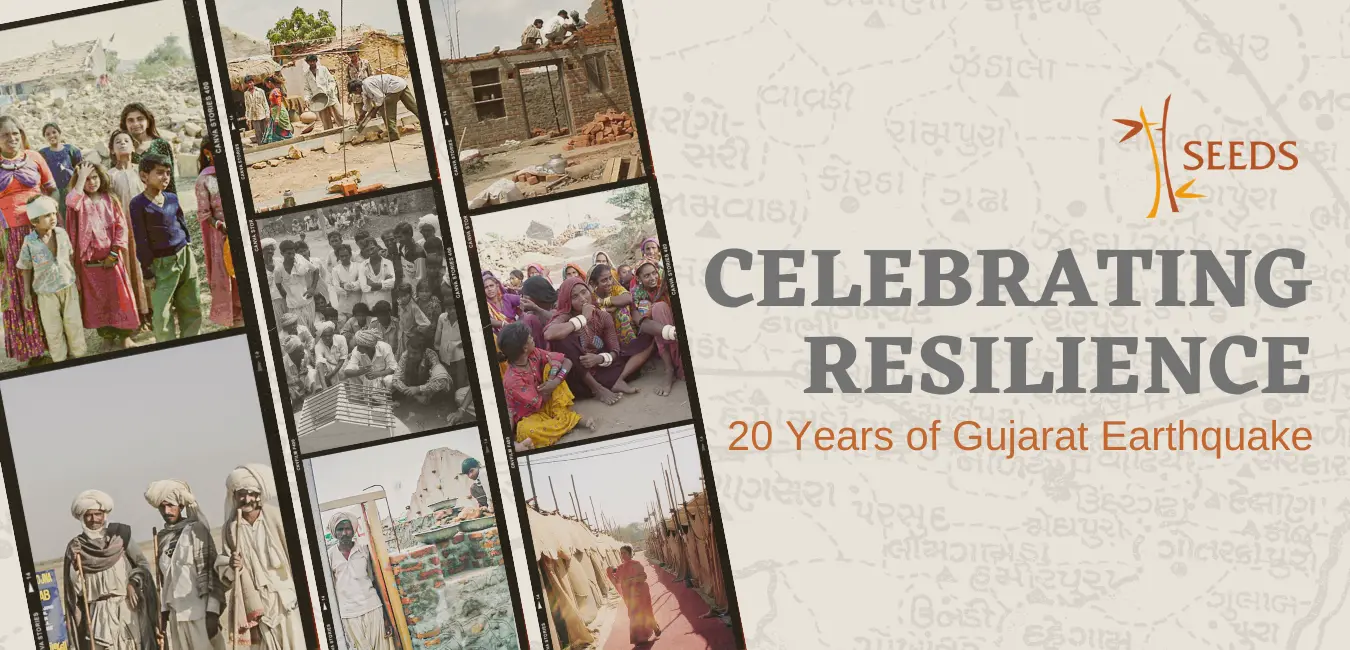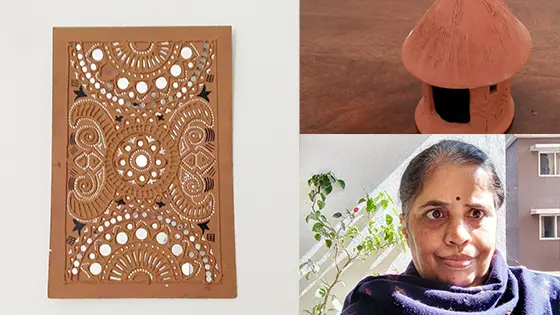On January 26th, 2001, a 6.9 magnitude earthquake devastated the state of Gujarat causing extensive damage to life and property. Over 13,881 lives were lost, 300,000 buildings collapsed and twice that number were damaged. As we look back at the disaster since its occurrence, flashback of different experiences twirl over us and those who were a prima facie of the Great Gujarat Earthquake in Bhuj.
At the time the region was already suffering from drought conditions and the result of 2 cyclones in 3 years. 220 out of 276 houses in the village of Patanka were completely destroyed by the earthquake and the rest were severely damaged. The damage to building stock in the region revealed the lack of adequately trained masons in the traditional technology. Irrevocable scars of loss are still etched in our hearts as we mark the 20th anniversary of the devastating Gujarat earthquake. Here’s us remembering one of India's most disastrous event that has changed our lives forever.
It resulted in a paradigm shift in the policy of the Government from relief and humanitarian assistance oriented post-disaster intervention to a pro-active prevention, mitigation and pre-disaster preparedness. Comprehensive Gujarat State Disaster Management Policy was declared in November 2002. Legal and Regulatory requirement for effective disaster management resulted in enactment of the Gujarat State Disaster Management Act in March 2003. Gujarat is the first State in India to enact an act for disaster management.
Today, we recall and remember the tragedy that will always be in our memories that taught not just one but many lessons. We also took this opportunity to hear from those who have been directly impacted by the earthquake.


